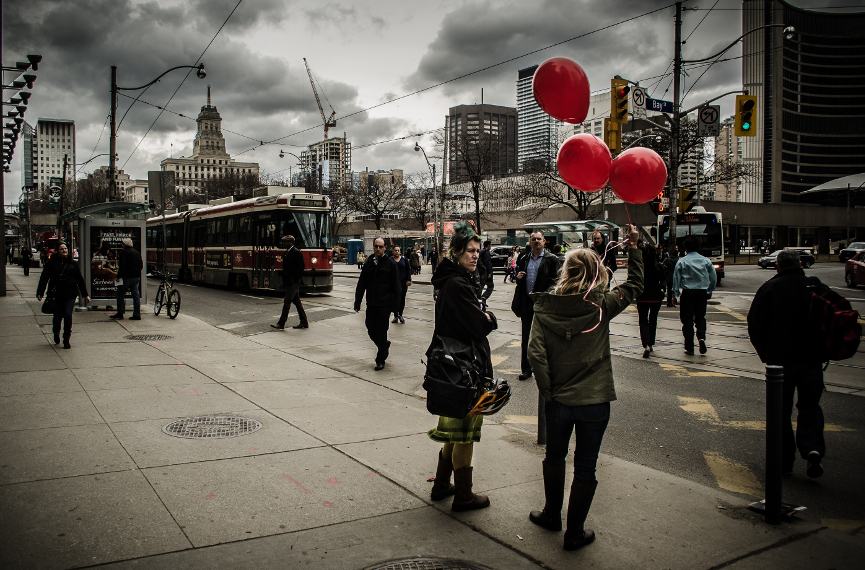How Framing Streets can Save You Time, Stress, and Money.
Table of ContentsThe Only Guide for Framing StreetsSome Ideas on Framing Streets You Should KnowGet This Report about Framing StreetsWhat Does Framing Streets Mean?The Ultimate Guide To Framing StreetsWhat Does Framing Streets Do?
Digital photography category "Crufts Canine Show 1968" by Tony Ray-Jones Road photography (likewise sometimes called candid photography) is digital photography conducted for art or inquiry that features unmediated opportunity encounters and arbitrary events within public locations, usually with the purpose of capturing images at a decisive or poignant minute by cautious framework and timing. 
, that was motivated to take on a comparable documents of New York City. As the city created, Atget assisted to advertise Parisian roads as a deserving topic for digital photography.

5 Simple Techniques For Framing Streets
Martin is the very first tape-recorded digital photographer to do so in London with a disguised camera. Mass-Observation was a social research organisation established in 1937 which intended to videotape day-to-day life in Britain and to record the reactions of the 'man-in-the-street' to King Edward VIII's abdication in 1936 to wed separation Wallis Simpson, and the succession of George VI. The principal Mass-Observationists were anthropologist Tom Harrisson in Bolton and poet Charles Madge in London, and their very first report was generated as the book "May the Twelfth: Mass-Observation Day-Surveys 1937 by over 2 hundred onlookers" [] Home window cleaner at Kottbusser Tor, Berlin, by Elsa Thiemann c. 1946 The post-war French Humanist Institution digital photographers located their topics on the road or in the bistro. In between 1946 and 1957 Le Groupe des XV every year exhibited work of this kind. Andre Kertesz. Circus, Budapest, 19 May 1920 Go Here Street digital photography created the major content of two exhibitions at the Gallery of Modern Art (Mo, MA) in New york city curated by Edward Steichen, 5 French Digital Photographers: Brassai; Cartier-Bresson, Doisneau, Ronis, Izis in 1951 to 1952, and Post-war European Digital Photography in 1953, which exported the principle of road digital photography globally.

Fascination About Framing Streets
, after that a teacher of young kids, linked with Evans in 193839.'s 1958 book,, was significant; raw and usually out of focus, Frank's pictures questioned traditional digital photography of the time, "challenged all the formal policies laid down by Henri Cartier-Bresson and Walker Evans" and "flew in the face of the wholesome pictorialism and sincere photojournalism of American magazines like LIFE and Time".